
Ecuador is one of the most unique countries I have ever visited. With so many ecosystems crammed into the country, there is abundant wildlife in Ecuador that you can’t see anywhere else. The beautiful wildlife of Ecuador completely took my breath away from the islands of the Galápagos, to the mountains in the Andes, and the jungles in the Amazon. There are 14 protected national parks within these different ecosystems and wildlife species. Here are some of my favorite animals from Ecuador and where to find them!
This list is not at all EVERY animal you can find in Ecuador. These are the animals I personally saw during my month in Ecuador, and some of the most common wildlife in Ecuador. Photos that are not my own are credited.
Ecuador Wildlife in the Amazon Jungle
I worked for two weeks in the Amazon jungle in Ecuador at an animal rehabilitation facility. Species in the Amazon are constantly threatened by poaching, deforestation, and the illegal exotic animal trade.
Jaguar

The Jaguar is the largest feline in the Americas and the third-largest in the world (behind lions and tigers…oh my!). They are ambush predators and are rarely seen in the jungle in the wild. Jaguars are highly protected and considered “near threatened” due to poaching for their beautiful furs and deforestation of the Amazon basin.
Poison Dart frogs

Photo by Thierry Fillieul
There are hundreds of species of amphibians in the Amazon, but some of the most recognizable are the poison dart frogs. These colorful, tiny frogs are highly poisonous and therefore have few predators. However, the Ecuadorian Poison Dart Frog is critically endangered due to the spread of a fungus in the rainforest.
Howler, Spider, and Squirrel Monkeys

This spider monkey followed me around AmiZOOnico looking for fruit and treats!
The Amazon Rainforest is full of monkey species! Monkeys in the Amazon can greatly range in size, color, and behavior. Squirrel, spider, and howler monkeys can all be found in Ecuador’s part of the Amazon living in familial groups. AmiZOOnico cares for all three species that have been injured or displaced by the pet trade or deforestation.
Macaws, Parrots, and Toucans

Photo by Magda Ehlers
Colorful species of birds are a common sight in the jungle, but my favorites are the brightly colored macaws, parrots, and toucans. All of these birds are threatened by the illegal pet trade and are often targeted for their colorful plumage as well.
Brazillian Tapirs

Photo by Rutpratheep Nilpechr
Brazillian tapirs have a trunk-like snout similar to elephants, but are more closely related to horses and rhinos! Their snout, or proboscis, is used to forage and gather fruit, vegetation, and grass to eat. Tapirs are generally solitary (especially males) but will gather for socialization and to mate. Tapirs can reach up to 800lbs (363kg) and can be highly aggressive when afraid.
Brown Throated Three-Toed Sloth

Photo by Roxanne Minnish
Sloths have made their way into the hearts of wildlife lovers all over the world! These slow-moving creatures live in the trees of jungles and cloud forests feasting on vegetation and sleeping up to 20 hours a day. Although they are often easy targets for poachers, predators, and displaced by deforestation, Ecuador’s brown throated three-toed sloth is not considered a threatened species.
Giant South American River Turtle and River Tortoise

Photo from the National Institute of Amazonian Research, Amazonas, Brazil
With an abundance of fresh water in the Amazon’s river system, there are dozens of species of turtles and tortoises! While most are not threatened, they can be easily injured by boats, fishermen, and poachers. Be extra careful when on the water.
Bullet Ant

Photo by Dr. Vidal Haddad Jr
Did you know there are over 2.5 million species of insects in the Amazon Rainforest? One of the most notorious is the bullet ant. Bullet ants are large, venomous ants that live amongst the vegetation in the Amazon. It is said to have one of the most painful stings of any animal and can be deadly. If you see large ants on the ground, stay away!
Amazon Tarantula

An Amazon tarantula that greeted us in the Amazon!
Amazon tarantulas are the largest in the world and are often spotted in the Amazon. However, despite their large size, Amazon tarantulas are not venomous to humans. However, their bite is often considered similar to the feel of a bee sting and the barbed hairs covering their bodies can be irritating, so I’d leave them alone on the forest floor.
Amazon Anaconda

A displaced Amazon anaconda housed at AmiZOOnico.
There are actually four species of anaconda in the Amazon rainforest. These massive snakes have been featured in media as man-eaters, but this is a myth! While they may seem frightening, anacondas just want to be left alone and are scared of humans. They, along with most species of reptiles and snakes, will only attack with prolonged or extreme provocation. They tend to stay in or near the water and are not venomous.

There are hundreds of more species of animals in the Amazon Rainforest in Ecuador. However, these are the species I personally saw in the wild and while caring for displaced animals at AmiZOOnico Rehabilitation Center.
Ecuador Wildlife on the Galápagos Islands
The Galápgos Islands are known to be one of the most unique destinations on the planet due to the number of endemic species that ONLY live on these islands. Visiting the beautiful wildlife of the Galápagos Islands was a major bucket list destination of mine!
Blue-Footed Boobie

A Galapagos penguin (left) and blue-footed boobie (right) I saw on a boat tour
The Boobies of the Galápagos are probably the most famous and well-known animals on the island. These cute, blue-footed birds can actually be found along coastlines in the Pacific, from Southern California down to Peru. However, more than half of wild blue-footed boobies nest in the southern Galápagos Islands.
Galápagos Penguin
(see above photo)
My personal favorite Galápagos animal is the penguin! They are one of the smallest penguins in the world and the only species to live above the equator. The Galápagos penguin is the rarest and most endangered penguin in the world due to only living on the islands and marine iguanas taking over nesting sites. They are the most endangered animal on the Galápagos Islands.
Galápagos Sea Lion

A nursing sea lion pup and his mother on a boat dock
These sea lions are so adorable and can only be found on the Galápagos islands! They are definitely not shy around people and can be found easily around all of the islands (especially around fish markets!).
Galápagos Giant Tortoise

Hanging out with some giant tortoises!
You can’t visit the Galápagos islands without visiting a Galápagos giant tortoise sanctuary. The islands were actually named after these famous tortoises (galapago means tortoise in Spanish!). Each island has slightly different subspecies of giant tortoises with different body and shell shapes to accommodate the varying food sources and terrain.
Marine Iguana

A Galápagos marine iguana lounging in the sand.
While I found these large lizards completely adorable, Charles Darwin himself described them as “hideous-looking” and the “most disgusting, clumsy lizards.” Agree to disagree Charles!
These marine iguanas are the last remaining marine lizard left on earth and are only found on the islands. You won’t have to look too far though: I couldn’t walk five steps without having to dodge them! Galápagos marine iguanas can dive up to 30 feet underwater and have special nasal glands designed to filter salt from their bodies, leaving white residue on their faces. While they can look frightening to some, marine iguanas are herbivores and completely harmless.
Darwin Finches

Don’t be suspicious…
Darwin finches, or Galápagos finches, are actually 13 different species of small finches found on the islands. These small birds vary in size, color, and beak shape depending on the environment of the island they reside on. These finches famously helped Darwin discover the Theory of Evolution due to their different beak shapes!
Galápagos Green Sea Turtles

Photo by Alex Hearn
These large, endangered green sea turtles can be found in the waters surrounding the Galápagos Islands. Some beaches will even be shut down during their nesting season to help protect them, so make sure to double-check before visiting!
American Flamingo

A native Galapagos flamingo on Isabela Island
American flamingos (or Caribbean flamingos) can be found in the tropics of southern Florida, the Caribbean, and along the coast of northern South America and the Galápagos Islands. However, the permanent population in the Galapagos varies slightly by being smaller, having a slightly different body shape, and laying smaller eggs. I found a huge colony on Isabela Island, although they have been found on multiple islands around the Galapagos.
Ecuador Wildlife in the Highlands
Guinea Pig

Yes, just like your pets! Guinea pigs are considered meat animals in Ecuador and are a local delicacy. You can often find them on small farms throughout the Ecuadorian highlands and in the capital city: Quito. While eating guinea pig is not for everyone, it’s important to respect the local culture.
Andean Condor

Photo by Lucas Pezeta
The Andean Condor is the largest flying bird in the world with a wingspan of over 10 feet (3.3m) and weighing up to 33lb (15kg). Despite their size, Andean Condors are scavengers and feed on carcasses. It’s the national bird of Ecuador and is considered threatened. You can see this species of bird up close at Condor Park in Otavalo, Ecuador!
Hummingbirds

Ecuador is home to over 130 different species of hummingbirds, the most out of any other country in the world! I saw them all over, however, I found the most in the mountains of Baños. You may also find many different species in the cloud forests around central Ecuador.
Farm Animals

A llama, named Prince Charming, at Rose Cottage Hostel in Otavalo
The highlands of Ecuador are also home to dozens of farms. One of my all-time favorite hostels, located in Otavalo, had multiple farm animals that were very common in the area. While these aren’t the most exciting animals, I had to include them! The most common are horses, sheep, llamas, and alpacas in the highlands and cattle and pigs in the lowlands.
Endangered Animal Species in Ecuador
There are many species of animals in Ecuador that are threatened or endangered. In fact, the Earth’s Endangered Creatures website lists an astounding 2,588 endangered animal species in Ecuador, not including plant and ocean life. You can check out their entire list here and watch for updates on the list.
Most species of wildlife in Ecuador become endangered or threatened due to humans in the area. Deforestation, illegal pet trades, overfishing, and irresponsible tourists frequently displace, injure, or even kill wildlife in the area. Be sure to read up on local environmental laws and book ethical tour groups before visiting!
How to Stay Safe Near Wildlife in Ecuador
Due to so many species of plants and animals being endangered or threatened in Ecuador, it’s always best to follow the 6-foot rule. Remember social distancing rules during the COVID-19 pandemic? Continue to apply those to wildlife! Stay at least 6 feet (2 meters) away from larger land wildlife (you can come a bit closer to insects and plants) and at least 10 feet (3 meters) away from ocean life whenever possible.
While visiting the Galápagos, I found it very difficult to stay a proper 6 feet away from wildlife. Not because it was too tempting to come close to the beautiful wildlife, but because many animals living on the islands are so used to humans and know they will move out of their way that they will just walk right past you! I dodged multiple sea lions, marine iguanas, and birds during my visit. Just do your best!
Shop Ecuador Travel Essentials
Like this article? Pin it!



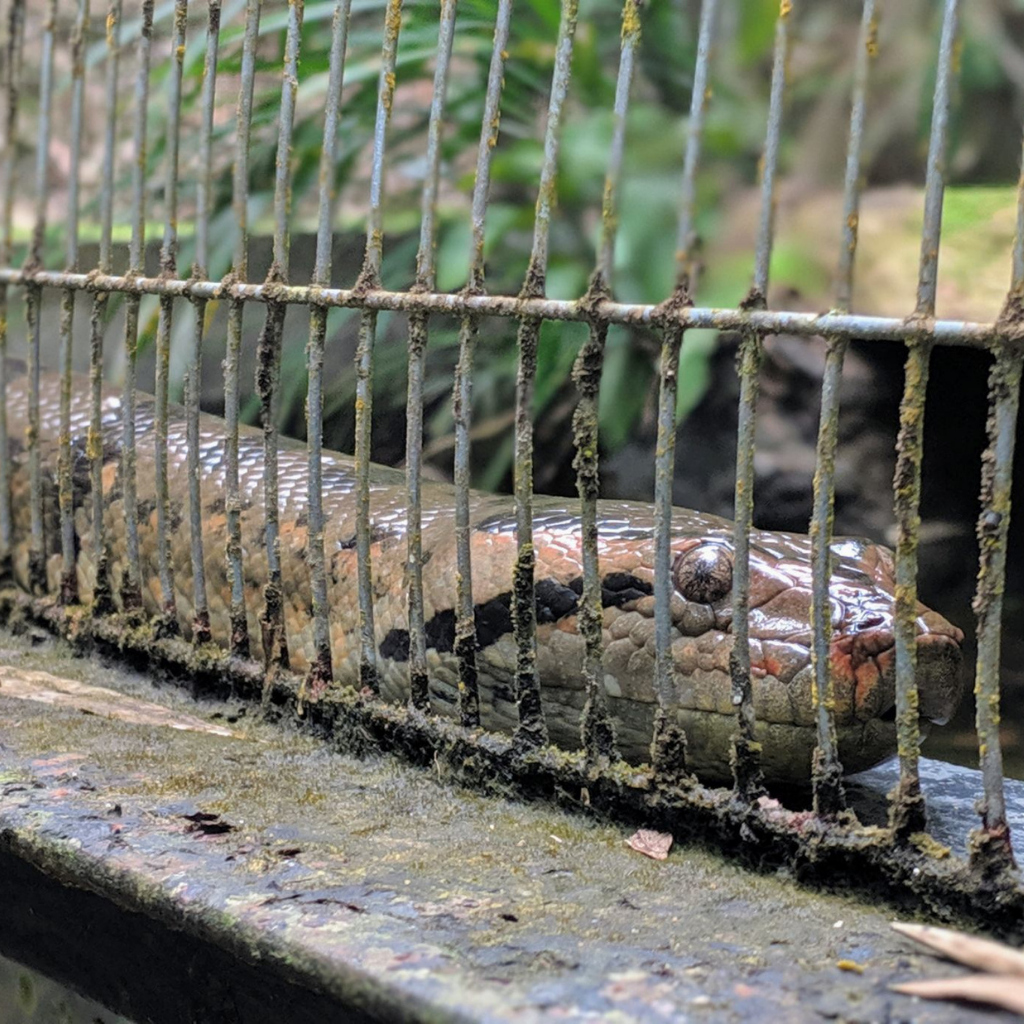













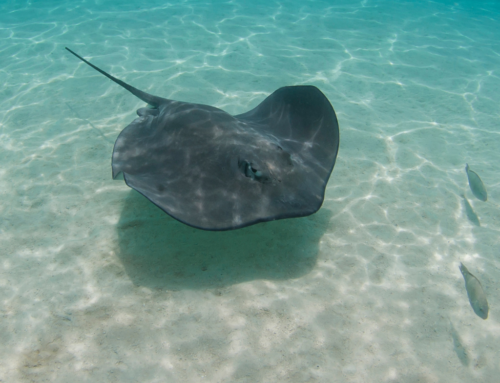
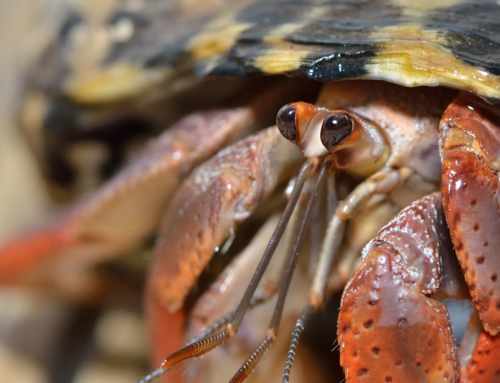

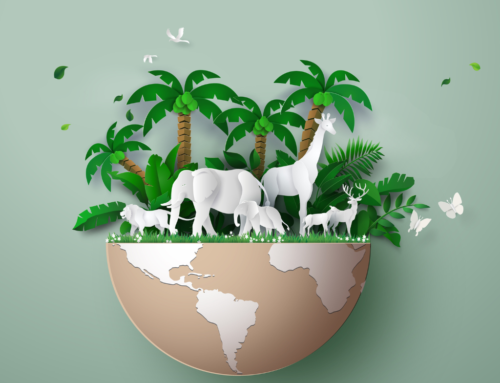
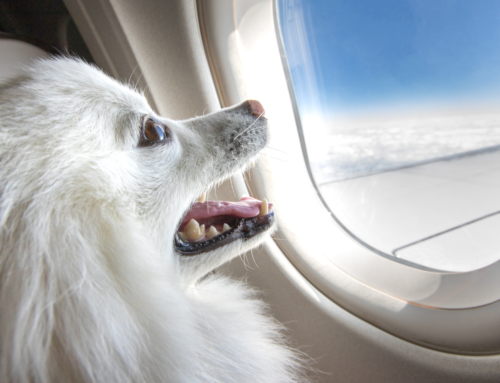

Leave a Reply